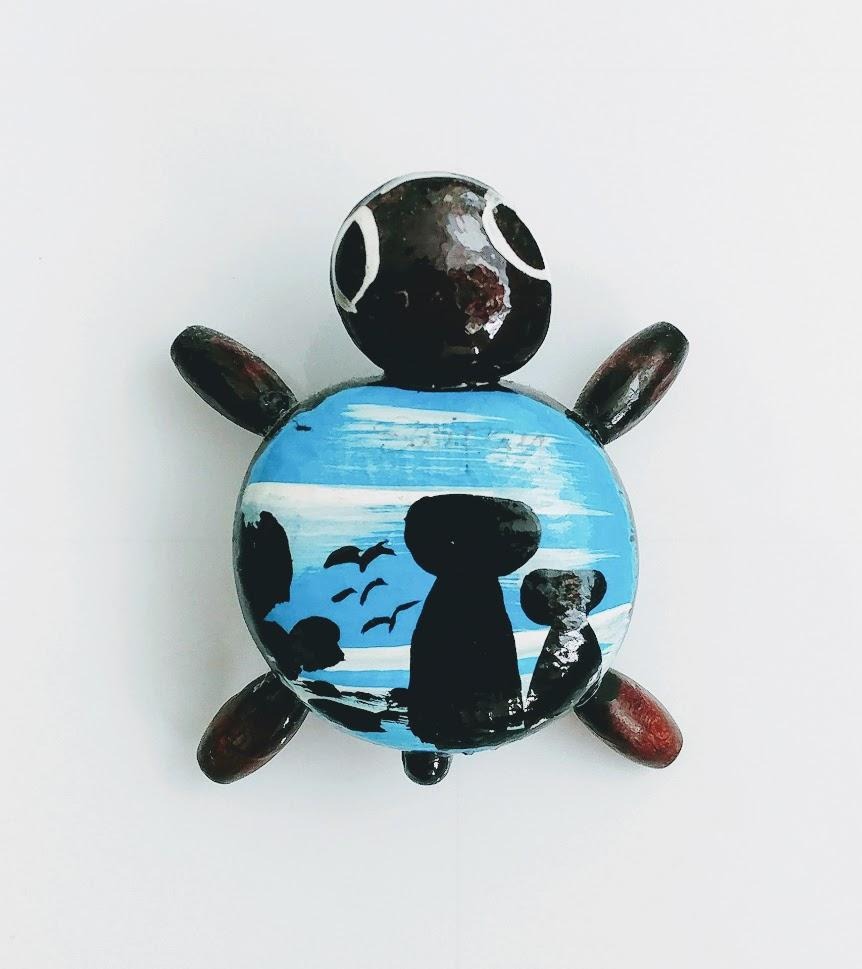#include <iostream>
#include <stdio.h>
#include "opencv2/core.hpp"
#include "opencv2/core/utility.hpp"
#include "opencv2/core/ocl.hpp"
#include "opencv2/imgcodecs.hpp"
#include "opencv2/highgui.hpp"
#include "opencv2/features2d.hpp"
#include "opencv2/calib3d.hpp"
#include "opencv2/imgproc.hpp"
#include "opencv2/xfeatures2d.hpp"
using namespace cv;
using namespace cv::xfeatures2d;
using namespace std;
const int LOOP_NUM = 5;// 10;
const int GOOD_PTS_MAX = 50;
const float GOOD_PORTION = 0.15f;
int64 work_begin = 0;
int64 work_end = 0;
static void workBegin()
{
work_begin = getTickCount();
}
static void workEnd()
{
work_end = getTickCount() - work_begin;
}
static double getTime()
{
return work_end / ((double)getTickFrequency()) * 1000.;
}
struct SURFDetector
{
Ptr<Feature2D> surf;
SURFDetector(double hessian = 800.0)
{
surf = SURF::create(hessian);
}
template<class T>
void operator()(const T& in, const T& mask, std::vector<cv::KeyPoint>& pts, T& descriptors, bool useProvided = false)
{
surf->detectAndCompute(in, mask, pts, descriptors, useProvided);
}
};
template<class KPMatcher>
struct SURFMatcher
{
KPMatcher matcher;
template<class T>
void match(const T& in1, const T& in2, std::vector<cv::DMatch>& matches)
{
matcher.match(in1, in2, matches);
}
};
static Mat drawGoodMatches(
const Mat& img1,
const Mat& img2,
const std::vector<KeyPoint>& keypoints1,
const std::vector<KeyPoint>& keypoints2,
std::vector<DMatch>& matches,
std::vector<Point2f>& scene_corners_
)
{
//-- Sort matches and preserve top 10% matches
std::sort(matches.begin(), matches.end());
std::vector< DMatch > good_matches;
double minDist = matches.front().distance;
double maxDist = matches.back().distance;
const int ptsPairs = std::min(GOOD_PTS_MAX, (int)(matches.size() * GOOD_PORTION));
for (int i = 0; i < ptsPairs; i++)
{
good_matches.push_back(matches[i]);
}
std::cout << "\nMax distance: " << maxDist << std::endl;
std::cout << "Min distance: " << minDist << std::endl;
std::cout << "Calculating homography using " << ptsPairs << " point pairs." << std::endl;
// drawing the results
Mat img_matches;
drawMatches(img1, keypoints1, img2, keypoints2,
good_matches, img_matches, Scalar::all(-1), Scalar::all(-1),
std::vector<char>(), DrawMatchesFlags::NOT_DRAW_SINGLE_POINTS);
if (ptsPairs == 0) return img_matches;
//-- Localize the object
std::vector<Point2f> obj;
std::vector<Point2f> scene;
for (size_t i = 0; i < good_matches.size(); i++)
{
//-- Get the keypoints from the good matches
obj.push_back(keypoints1[good_matches[i].queryIdx].pt);
scene.push_back(keypoints2[good_matches[i].trainIdx].pt);
}
//-- Get the corners from the image_1 ( the object to be "detected" )
std::vector<Point2f> obj_corners(4);
obj_corners[0] = Point(0, 0);
obj_corners[1] = Point(img1.cols, 0);
obj_corners[2] = Point(img1.cols, img1.rows);
obj_corners[3] = Point(0, img1.rows);
std::vector<Point2f> scene_corners(4);
Mat H = findHomography(obj, scene, RANSAC);
if (H.empty()) return img_matches;
perspectiveTransform(obj_corners, scene_corners, H);
//if (scene_corners.empty()) return img_matches;
scene_corners_ = scene_corners;
//-- Draw lines between the corners (the mapped object in the scene - image_2 )
line(img_matches,
scene_corners[0] + Point2f((float)img1.cols, 0), scene_corners[1] + Point2f((float)img1.cols, 0),
Scalar(0, 255, 0), 2, LINE_AA);
line(img_matches,
scene_corners[1] + Point2f((float)img1.cols, 0), scene_corners[2] + Point2f((float)img1.cols, 0),
Scalar(0, 255, 0), 2, LINE_AA);
line(img_matches,
scene_corners[2] + Point2f((float)img1.cols, 0), scene_corners[3] + Point2f((float)img1.cols, 0),
Scalar(0, 255, 0), 2, LINE_AA);
line(img_matches,
scene_corners[3] + Point2f((float)img1.cols, 0), scene_corners[0] + Point2f((float)img1.cols, 0),
Scalar(0, 255, 0), 2, LINE_AA);
return img_matches;
}
////////////////////////////////////////////////////
// This program demonstrates the usage of SURF_OCL.
// use cpu findHomography interface to calculate the transformation matrix
int main(int argc, char* argv[])
{
Mat img_input, img_target;
UMat img_input_gray, img_target_gray;
double surf_time = 0.;
//declare input/output
std::vector<KeyPoint> keypoints1, keypoints2;
std::vector<DMatch> matches;
UMat _descriptors1, _descriptors2;
Mat descriptors1 = _descriptors1.getMat(ACCESS_RW),
descriptors2 = _descriptors2.getMat(ACCESS_RW);
//instantiate detectors/matchers
SURFDetector surf;
SURFMatcher<BFMatcher> matcher;
// OCL 활성화
ocl::setUseOpenCL(true);
//비디오 캡쳐 초기화
VideoCapture cap(0);
if (!cap.isOpened()) {
cerr << "에러 - 카메라를 열 수 없습니다.\n";
return -1;
}
cap.read(img_input);
if (img_input.empty()) {
cerr << "빈 영상이 캡쳐되었습니다.\n";
return -1;
}
int width = img_input.cols;
int height = img_input.rows;
int step = 0;
while (1)
{
// 카메라로부터 캡쳐한 영상을 frame에 저장합니다.
cap.read(img_input);
if (img_input.empty()) {
cerr << "빈 영상이 캡쳐되었습니다.\n";
break;
}
if (step == 1) {
cvtColor(img_input, img_input_gray, COLOR_BGR2GRAY);
//-- start of timing section
for (int i = 0; i <= LOOP_NUM; i++)
{
if (i == 1) workBegin();
surf(img_target_gray.getMat(ACCESS_READ), Mat(), keypoints1, descriptors1);
surf(img_input_gray.getMat(ACCESS_READ), Mat(), keypoints2, descriptors2);
matcher.match(descriptors1, descriptors2, matches);
}
workEnd();
std::cout << "FOUND " << keypoints1.size() << " keypoints on first image" << std::endl;
std::cout << "FOUND " << keypoints2.size() << " keypoints on second image" << std::endl;
surf_time = getTime();
std::cout << "SURF run time: " << surf_time / LOOP_NUM << " ms" << std::endl << "\n";
std::vector<Point2f> corner;
Mat img_matches = drawGoodMatches(img_target_gray.getMat(ACCESS_READ), img_input_gray.getMat(ACCESS_READ), keypoints1, keypoints2, matches, corner);
//-- Show detected matches
namedWindow("surf matches", 0);
imshow("surf matches", img_matches);
}
// ESC 키를 입력하면 루프가 종료됩니다.
int key = waitKey(25);
if (key == 27)
break;
else if (key == 32) {
if (step == 0) {
img_input(Rect(width / 2 - 150, height / 2 - 150, 300, 300)).copyTo(img_target);
cvtColor(img_target, img_target_gray, COLOR_BGR2GRAY);
imshow("target", img_target);
step++;
}
}
if (step == 0)
{
rectangle(img_input, Rect(width / 2 - 150, height / 2 - 150, 300, 300), Scalar(0, 255, 0), 3);
}
// 영상을 화면에 보여줍니다.
imshow("Scene", img_input);
}
return 0;
} |


